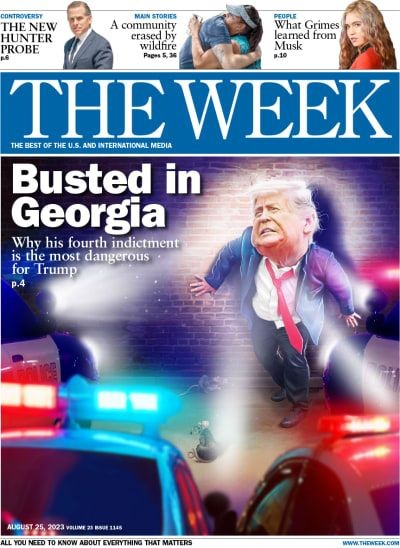Buying a car, whether new or used, is a significant investment. Timing your purchase strategically can lead to substantial savings. This guide explores the best times to buy a car, maximizing your negotiating power and securing the best possible deal.
When to Buy a New Car for the Best Deal
Historically, the end of the year, specifically October through December, is prime car-buying season. Dealers are eager to clear out older inventory to make room for new models, often offering attractive incentives and discounts. December might yield the highest discounts, but inventory selection may be limited.
Don’t despair if you miss the year-end rush. The end of any month or quarter also presents opportunities. Salespeople are typically under pressure to meet quotas, making them more willing to negotiate lower prices.
Regarding the day of the week, Mondays are often the least busy at dealerships, providing a more relaxed environment for negotiation. Tuesdays and Wednesdays can also be good options, especially in areas where dealerships are closed on Sundays.
 alt text: Car dealership lot with various new cars
alt text: Car dealership lot with various new cars
Best Time to Buy a Used Car
The optimal timing for used car purchases largely mirrors that of new cars. Fall is generally a good time to buy a used car from a dealership, as they often try to clear out inventory. However, the beginning of the year, particularly New Year’s Eve and New Year’s Day, often sees a surge in deals. Historically, these days have almost 50% more deals than average, according to iSeeCars. Martin Luther King Jr. Day also presents excellent opportunities with over 43% more deals than usual.
Another favorable period for used car buyers is from early April to early May. Tax refund season often triggers increased car shopping, leading to heightened competition and potential deals at dealerships.
Other Factors Influencing Car Prices
Beyond timing, external factors can impact car prices. Potential tariffs on imported cars can increase costs for manufacturers, potentially passed on to consumers. Monitoring industry reports and using online car value estimators can help gauge fair market prices and identify inflated dealer markups.
Current auto loan interest rates also play a crucial role. These rates are influenced by the federal funds rate. Higher federal rates typically translate to higher auto loan rates. Keeping an eye on interest rate trends can inform your financing decisions.
Tips for Securing Car-Buying Savings
While timing is critical, other strategies can enhance your savings:
- Get pre-approved for a loan: Knowing your budget and potential loan terms empowers you to negotiate effectively.
- Thorough research: Understanding fair market values and desired car features strengthens your bargaining position.
- Comparison shop: Contact multiple dealerships to compare prices and leverage competing offers.
- Improve your credit score: A higher credit score qualifies you for lower interest rates on auto loans.
By strategically timing your purchase and employing smart negotiation tactics, you can significantly reduce the cost of your next vehicle. Remember to leverage available resources, compare offers, and prioritize your financial preparedness for the best possible outcome.
